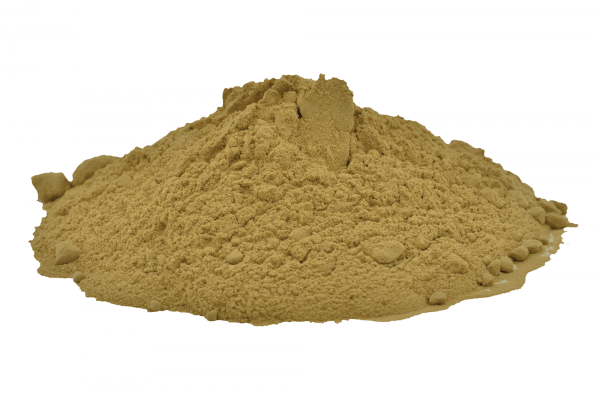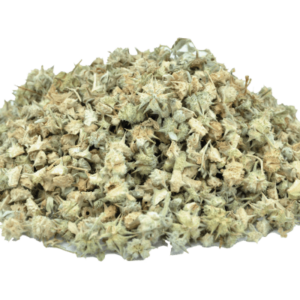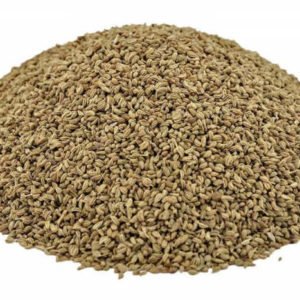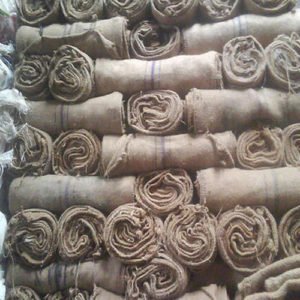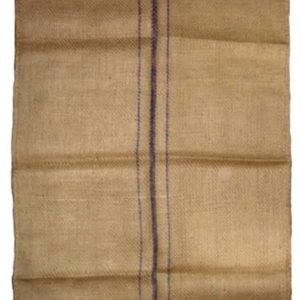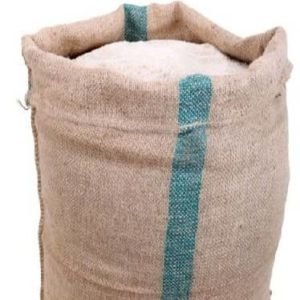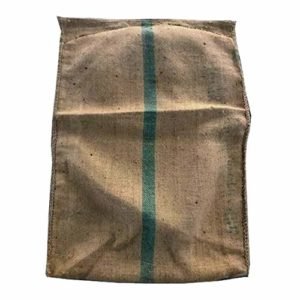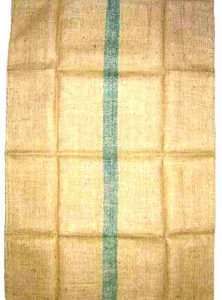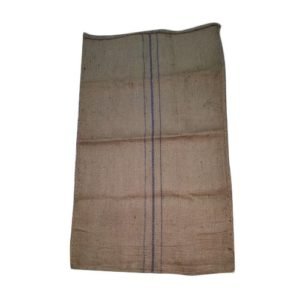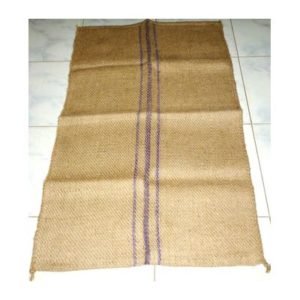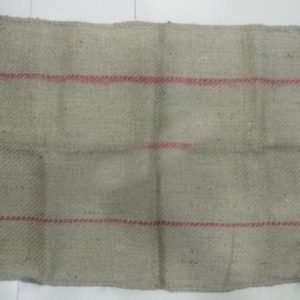COMMON NAME : Bibhitaki
OTHER NAME : Baheda, Belliric myrobalan.
BOTANICAL NAME : Terminalia bellirica (Gaertn.) Roxb.
PLANT FAMILY : Combretaceae
PART USED : Dried seedless Fruit.
Details :
A large deciduous buttressed tree, 20-30 m in height with thick brownish grey back having shallow longitudinal fissures; leaves simple, alternate, long-petioled, crowded about the extremities of the branches, broady elliptic, margins entire, main nerves 6-8 pairs, midrib prominent on both surfaces; flowers pale greenish yellow with an offensive odour, in axillary spikes, longer than the petioles but shorter than the leaves; fruits ovoid grey drupes, obscurely 5 angled, narrowed into a very short stalk.
Phytoconstituents :
Fruits contain about 17% tannin and β-sitosterol, gallic acid, ellagic acid, ethyl galate, galloyl glucose and chebulagic acid. Heartwood and bark contain ellagic acid and the seed-coat of the fruit contains gallic acid.
Benefits :
Bibhitaki (Terminalia belerica) is one of the best herbs for detoxifying and rejuvenating kapha. As such, it is used in all types of kapha imbalances and is especially helpful in supporting the organs and tissues where kapha tends to accumulate. These include the lungs, liver, and urinary tract as well as the sinuses, ears, eyes, and throat. It is extremely astringent in taste and has the qualities of being dry and light, all of which help to balance the inherent damp and heavy qualities of kapha.
